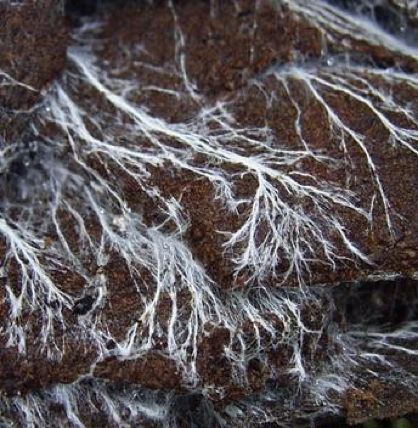Heel pain is one of the most common complaints seen by podiatrists. Patient experiencing heel pain can be suffering from multiple conditions such as plantar fasciitis, heel spur syndrome, bone contusions, stress fractures, Haglund’s deformity, Baxter’s neuritis, peroneal tenosynovitis, tarsal tunnel syndrome and posterior tibial tenosynovitis to name a few
COMMON SIGNS AND SYMPTOMS
The majority of patients will complain of sharp, severe pain most noticeable after periods of rest such as when they first wake up in the morning (post static dyskinesia). Pain can be progressive first starting at the bottom of the heel before moving up and around the ankle. Pain is usually alleviated with walking and moving around for a few minutes but can often become constantly achy and sore with too much activity.
CAUSES
The most common cause of heel pain is overuse or neglect. Overuse can occur with activities that involve prolonged standing, weight-bearing and ambulating especially with hard surfaces such as concrete and hardwood floors or inappropriate or non-supportive shoe gear.
Often mild acute pain and inflammation is often our body's way of telling us something is wrong. Failure to listen can often result in chronic pain and inflammation
AT HOME THERAPY AND PREVENTION
Good shoes
RICE: Rest, Ice, Compression and Elevation
Stretching
Massage
Orthotics/Insoles
Anti-inflammatories
WHEN TO SEE THE DOCTOR
If pain remains present despite a reduction in activity and/or a failure of normal home therapy.
In the presence of trauma (Normal heel pain is a response to overuse, however in the presence of acute trauma such as falls, blunt impacts, etc. Radiographs may be necessary to rule out fracture)
If pain has persisted for more than a few days
If pain is moderate to severe













